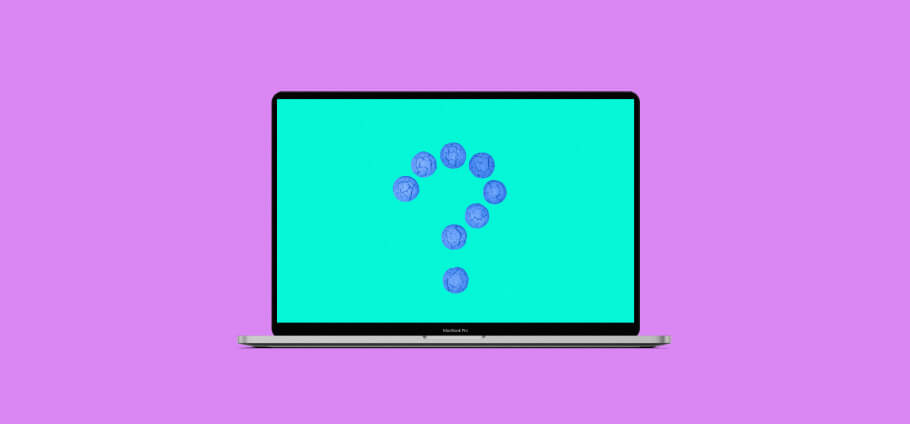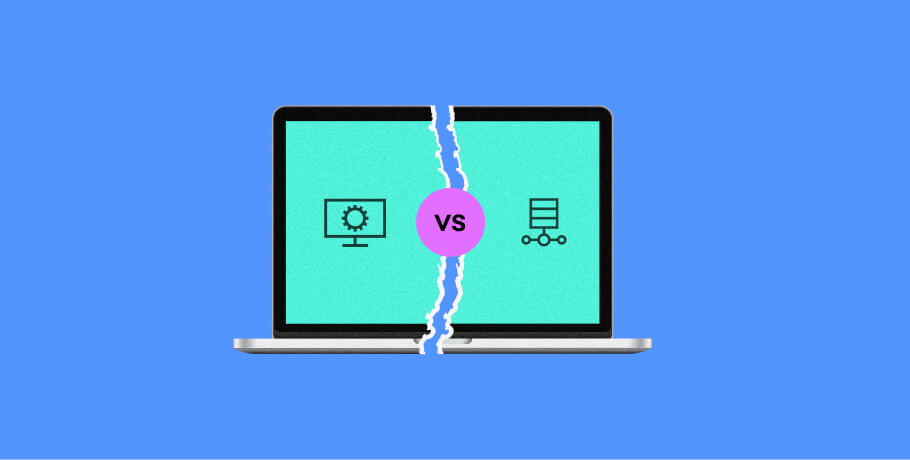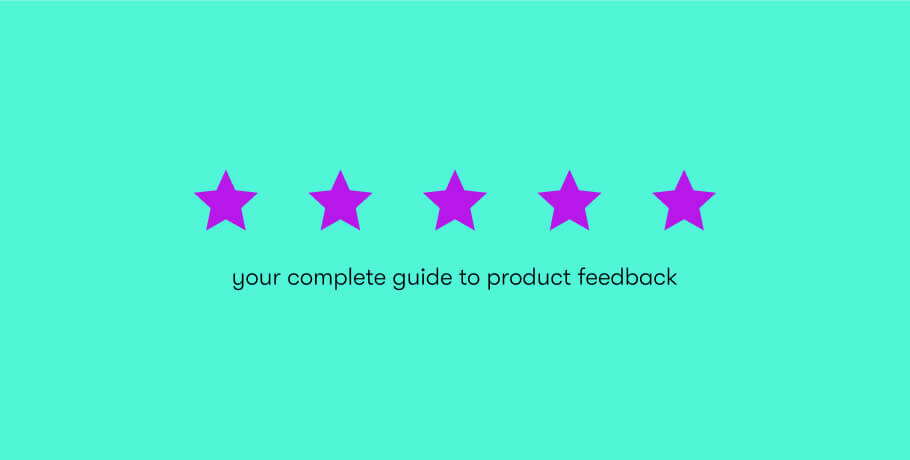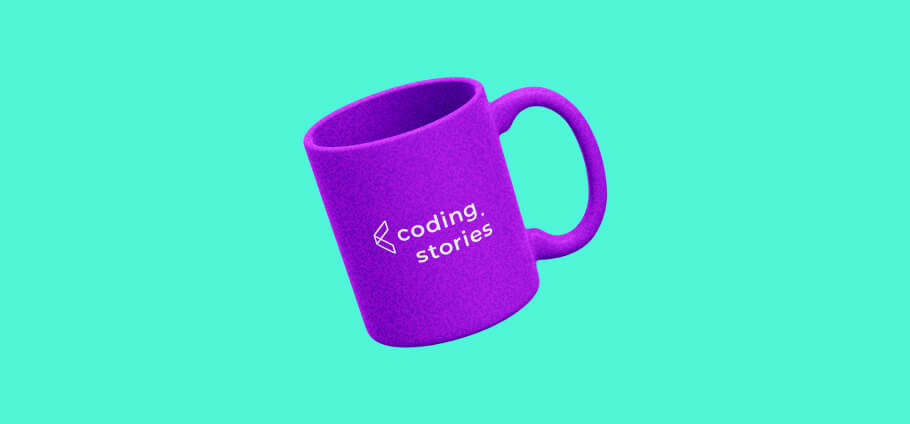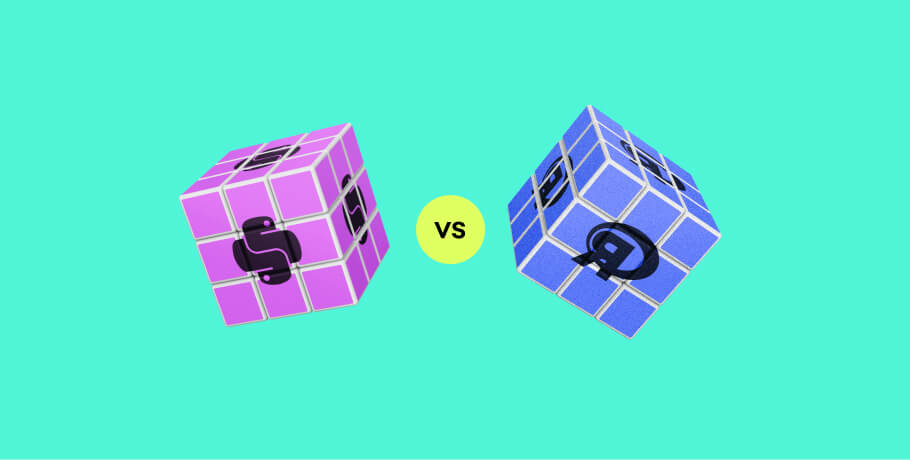L1, L2, and L3 support is a tiered system of remote IT support. Different levels organize help desk teams according to specialization, problem type, urgency, and expertise. A proper division of labor helps you better address the wide range of possible IT service issues. That way, when a problem occurs, efficient escalation and workload distribution offer cost savings. More importantly, tiered service provides an improved customer service experience.
Let's explore L1, L2, and L3 support responsibilities.
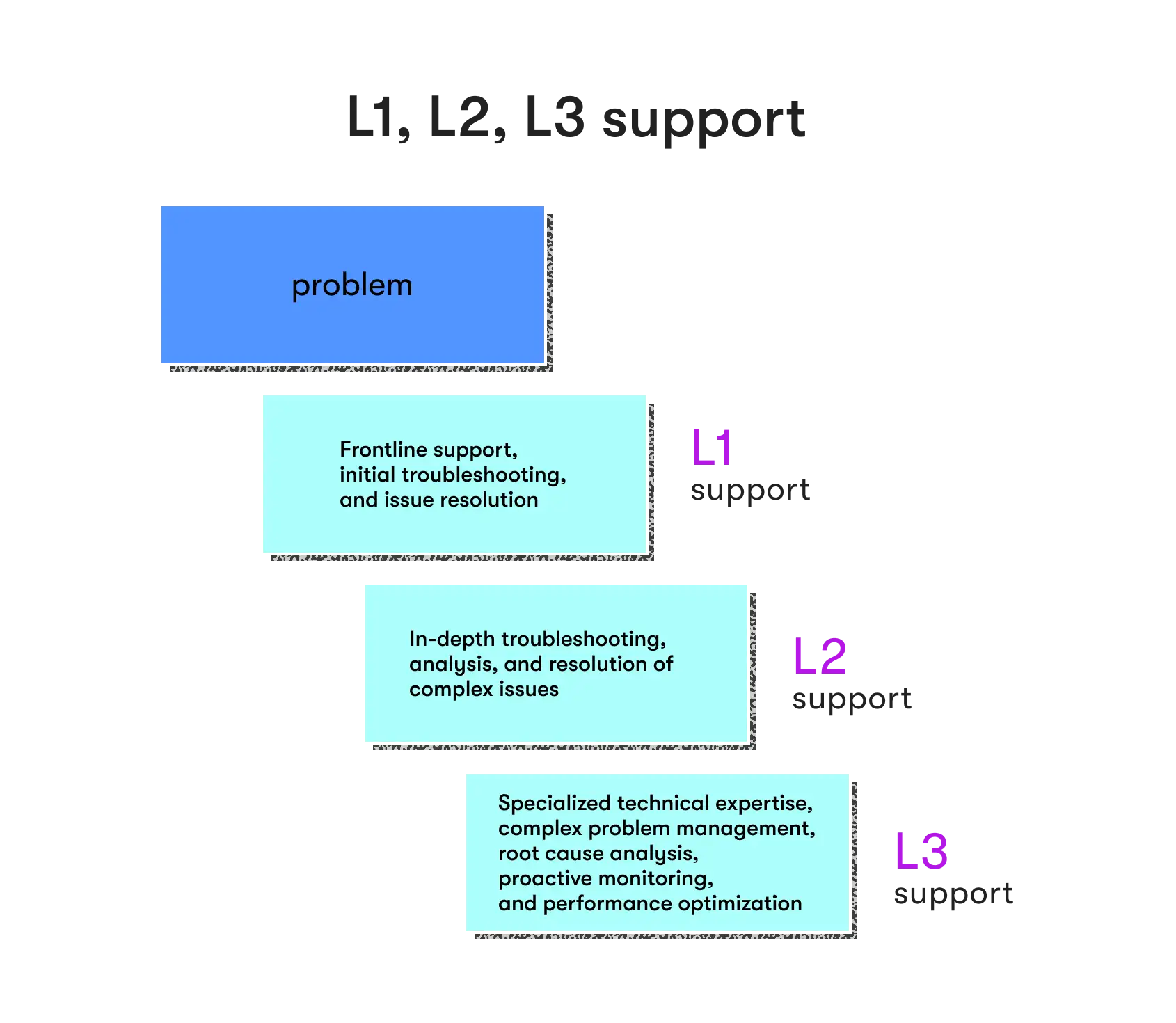
What is L1, L2 & L3 support?
In IT support, the terms L1, L2, and L3 support refer to different levels of technical assistance provided to users and organizations. These support tiers ensure IT systems' smooth functioning and promptly address issues. Let's explore the meaning (definition) and the difference between L1, L2, and L3 support, exploring their roles and responsibilities in the IT support landscape.
L1 support in short
L1, or Level 1 support, represents the initial point of contact for end-users seeking technical assistance. The primary responsibility of L1 support is to handle basic queries and resolve straightforward issues. These could include password resets, software installations, and general troubleshooting. L1 support is the frontline, offering a quick and accessible solution for common IT-related problems.
Roles and responsibilities
- Initial point of contact: L1 support is the first line of assistance, providing immediate solutions to common user issues.
- Basic troubleshooting: L1 support addresses routine problems, including software installations, account setups, and general user inquiries.
- Ticket routing: L1 support appropriately categorizes and escalates issues to higher support levels when necessary.
L2 support in short
Moving to a more specialized level, L2 or Level 2 support deals with issues beyond basic troubleshooting. L2 support technicians possess a deeper understanding of systems and applications. They handle more complex problems that require a higher level of expertise. While L1 support focuses on quick resolutions, L2 support delves into the intricacies of technical issues, providing in-depth solutions and often requiring specialized knowledge.
Roles and responsibilities
- Advanced troubleshooting: L2 support delves into more complex technical issues, requiring a deeper understanding of systems and applications.
- Specialized knowledge: L2 support technicians possess specialized knowledge in specific areas, allowing them to tackle intricate problems with expertise.
- Collaboration with L1 support: L2 support collaborates with L1 to provide guidance and share insights for ongoing issue resolution.
- Escalation to L3 support: L2 support escalates issues to L3 support when challenges require an even higher level of expertise.
L3 support in short
L3, or Level 3 support, represents the highest tier of technical support. L3 support is reserved for the most challenging and intricate issues that demand expert-level knowledge. These could involve system architecture, network configurations, or advanced software and hardware troubleshooting. L3 support plays a critical role in problem resolution, collaborating with other support levels, and, if necessary, liaising with product developers or vendors to find comprehensive solutions.
Roles and responsibilities
- Expert-level troubleshooting: L3 support tackles the most challenging technical issues, involving in-depth knowledge of system architecture, network configurations, and advanced troubleshooting.
- Collaboration with L1 and L2 support: L3 support collaborates with lower support tiers, providing guidance and expertise to facilitate issue resolution.
- Vendor or developer liaison: L3 support may interact with product developers or vendors to address issues beyond the organization's scope.
- Continuous improvement: L3 support improves support processes, documentation, and training materials to enhance support capabilities.
L1 support
The L1 support tier operates as a first line of defense. L1 technicians in remote IT jobs are the first point of contact via standard contact methods such as email, phone, or social media. L1 support then creates issue tickets, ensuring that all customer service responses are efficient and rapid.
When do you need L1 support?
The purpose of L1 support teams is initial user assistance. Customers will have routine problems, both pre- and post-sale — an L1 technician offers guidance for such basic inquiries outside of possible self-service.
By handling regular troubleshooting, L1 technicians create an efficient triage. Pre-made scripts and known operating procedures resolve numerous customer complaints, while any issues that demand specialized assistance can then escalate to L2.
As a result, L1 technicians need less technical expertise but more interpersonal skills. Frontline service value frees up expert technicians to focus solely on complex issues. Such a configuration is also ideal as tech support for small businesses.
L1 support: business cases
Regular activities for L1 technical support involve incident ticket triage and standard service requests. For example, an L1 rep can handle all password requests, account changes, and access permissions. In addition, L1 support may address routine system upgrades, network connectivity problems, and release transitioning for new features. All other L1 actions focus on customer service improvements, such as crafting FAQs or engaging in remote end user support.
Key L1 support metrics
To measure the quality of the L1 service desk, use the following Key Performance Indicators (KPIs):
- First Call Resolution (FCR): Your FCR rate determines how many inquiries are resolved on the first interaction with L1 support technicians.
- Average handling time: Your L1 handling time determines how quickly IT support teams resolve an issue, from initial contact to resolution or escalation.
- Ticket volume: Total ticket volume refers to the resolution rate and total workload that L1 support logs during a given timeframe.
- Customer Satisfaction Scores (CSAT): Your CSAT measures the feedback given by clients regarding their interactions with an L1 support technician.
- Service Level Agreement (SLA) compliance: An SLA is the agreed-upon terms and conditions signed between a business and its customer during a sale. Your SLA compliance rate refers to how often L1 technicians resolve a problem within the timeframes defined in the SLA.
L2 support
L2 support operates as the second defense line. They handle all escalated problems. L2 also commands a deeper understanding of all business technologies and products. If an issue exceeds the scope of the L1 tech support, reps transfer the problem to those with more expertise.
When do you need L2 support?
The purpose of L2 support is to address complex technical issues. L1 reps could not resolve the problem, so advanced personnel shoulder the responsibility. An organization implements an L2 support team to handle high-level configurations.
L2 technicians also play a leadership role and often provide secondary aid to L1 technicians. Guidance, training, and mentorship fit within the role responsibilities of an L2 help desk support.
Lastly, L2 support technicians engage in customer-facing problem-solving. High-priority customers or those with ongoing issues receive personalized attention and in-depth troubleshooting. Such support care further strengthens the customer-to-business relationship.
L2 support: business cases
Regular activities executed by L2 support teams focus on troubleshooting. Technicians engage in error analysis, workaround creation, or patch software installation. Documentation for necessary updates or upgrades also occurs to support development teams. Further service communications may occur to inform the customer of all changes or solicit feedback.
Key L2 support metrics
L2 support teams operate with all the same Key Performance Indicators given to L1 reps (customer satisfaction scores, average response times, etc.). However, L2 also uses additional success metrics that better define escalated problem resolution:
- Knowledge utilization: Knowledge utilization refers to how well L2 technicians leverage their expertise and all available internal resources. Low utilization rates indicate department silos, a lack of technical knowledge, or incorrect operating procedures.
- Customer retention: Your retention rate refers to the number of clients that continue using a product or service after a technical problem. Successful retention speaks to the quality of the issue resolution by L2 support.
- Team effectiveness: Success metrics such as cases handled, average time per case, and the ratio of escalated cases determines the efficiency of the L2 team. If successful, it shows that you have a proper escalation channel, workload distribution, and L1 knowledge transfer.
- Escalation rate: Your escalation rate compares how many cases L2 reps are resolved against the number of cases escalated further to L3. A high escalation rate depicts efficiency issues or the need for more training, as only a minority of cases should escalate to L3.
L3 support
L3 support is the highest level of technical resolution. L3 technicians handle the most challenging customer issues. They may even engage in possible code-level alterations. L3 also works closely with development processes and often has permission to suggest product changes.
When do you need L3 support?
First, your L3 support focuses on immediate incident management and resolutions, such as outages, breaches, hacks, and system failures. Response times for such emergencies are crucial (measured in minutes to hours). Deep technical experience addresses critical problems as rapidly as possible.
L3 support also handles system defects or bugs that threaten total business operations. Upon discovery, L3 technicians will guide DevOps and support engineers on how to fix future recurrences. As a result, you also gain robust application maintenance and support. In certain cases, L3 will even escalate issues to vendors or third-party consultants.
Lastly, L3 focuses on performance optimization and automation. Any escalated issues are used to define areas of needed improvement in the product.
L3 support: business cases
Regular activities executed by L3 focus on optimization, customization, and incident responses. Technicians often work with enterprise-level software, networks, and databases. Issue resolution includes deep analysis, vulnerability discovery, and patch creation. All collected data offer insights into IT infrastructure improvements, root-level configurations, and security management. Lastly, L3 engages in all immediate emergency responses.
Key L3 support metrics
L3 support uses a set of high-level KPIs that measure team effectiveness, such as:
- Mean Time To Resolution (MTTR): Your MTTR depicts how rapidly L3 teams can locate and address high-level issues (e.g. data breaches).
- Backlog management: Since it is the last line of defense, L3 can have numerous ongoing cases. Backlog management shows the number of open cases and the overall completion rate.
- Development collaboration: Unique metrics such as enhancement reports show how effectively L3 support techs collaborate with development teams.
- Proactive identification: The rate of issue identification, customer notification, and proactively defended threats all demonstrate the vigilance of L3 technicians toward delivering a stable customer experience.
L1, L2 & L3 support: understanding the differences
Support is a critical aspect of any business, and understanding the distinctions between its different levels can significantly impact the efficiency of issue resolution and overall customer satisfaction.
Here are the differences between L1, L2, and L3 support in a snapshot:
| L1 support | L2 support | L3 support | |
| Scope | Basic troubleshooting | Intermediate problem-solving | Advanced technical issues |
| Responsibility | Frontline support | Advanced technical support | Specialized expertise |
| Issues handled | Common problems | Complex technical issues | System-wide challenges |
| Skill level | Basic technical skills | Advanced technical skills | Specialized expertise |
| First contact resolution | High | Moderate | High (specialized cases) |
| Escalation | Rare | Common | Reserved for specialists |
| Typical queries | FAQs, password resets | Software and hardware issues | System architecture, deep diagnostics |
| Communication channels | Phone, chat, email | Email, chat, remote access | Collaboration tools, direct contact |
| Response time | Quick | Moderate | Variable, based on complexity |
| Training requirement | Basic training | Advanced technical training | Specialized training |
An extra tier: L4 support
L4 refers to the highest level of support in a business hierarchy. This is a form of escalation customer service that may include consultants, third-party experts, vendors, and product architects. In many cases, tier four addresses component issues not even serviced by your organization, as vendor-supplied support staff will come in to perform root cause analysis and code-level investigations.
L1, L2, and L3 support: a comparison
L1, L2, and L3 support work together to create a robust and efficient support system that effectively addresses customer issues and ensures seamless operations. Through the proper division of labor, you can efficiently leverage the strengths of each support tier, allowing your organization to provide comprehensive support coverage and deliver exceptional customer experiences.

The EPAM Anywhere Editorial Team is an international collective of senior software engineers, managers and communications professionals who create, review and share their insights on technology, career, remote work, and the daily life here at Anywhere.
The EPAM Anywhere Editorial Team is an international collective of senior software engineers, managers and communications professionals who create, review and share their insights on technology, career, remote work, and the daily life here at Anywhere.
Explore our Editorial Policy to learn more about our standards for content creation.
read more




